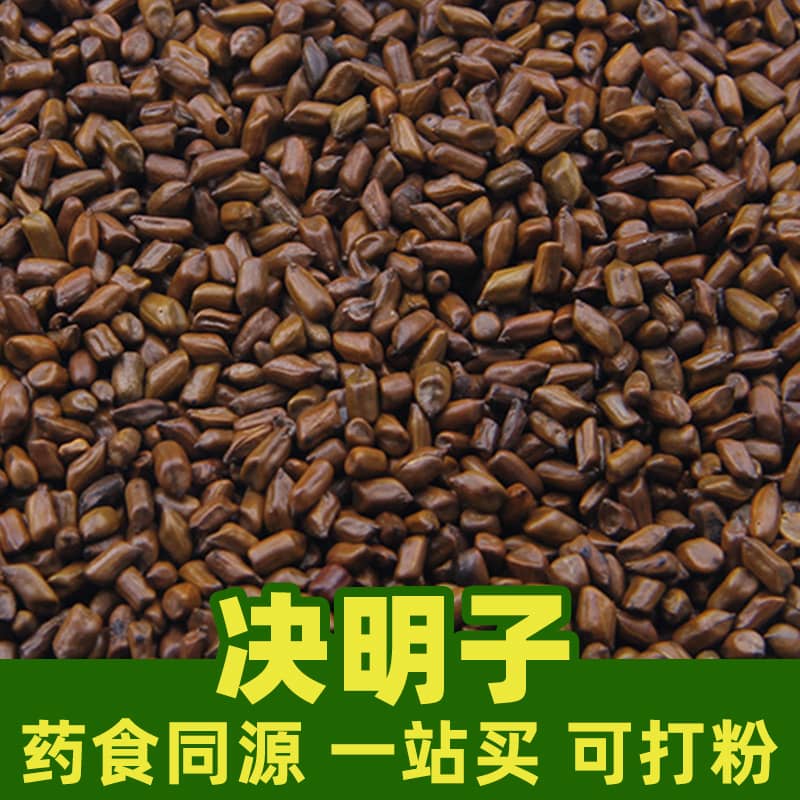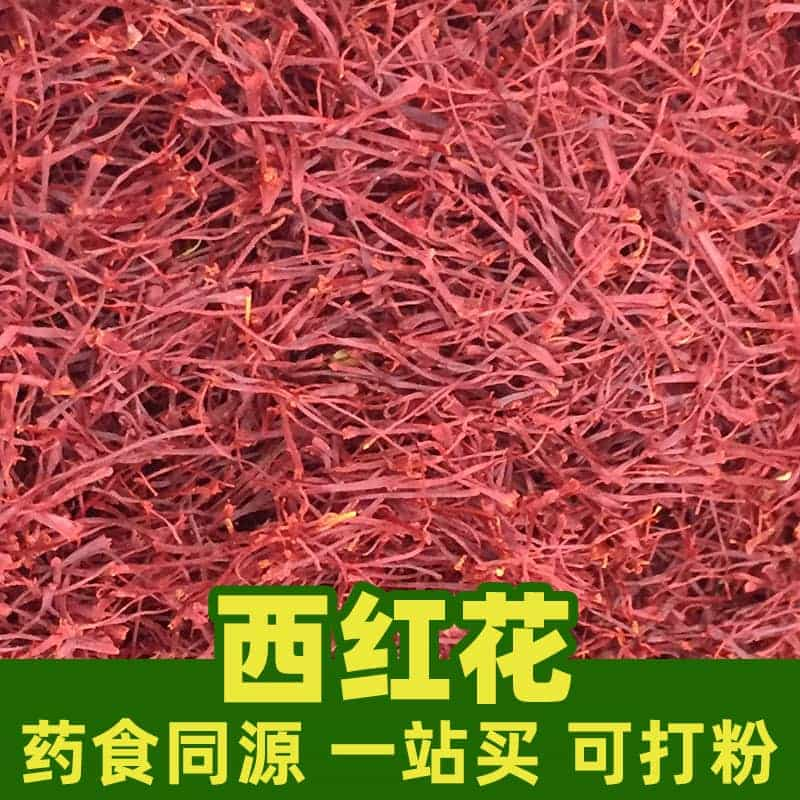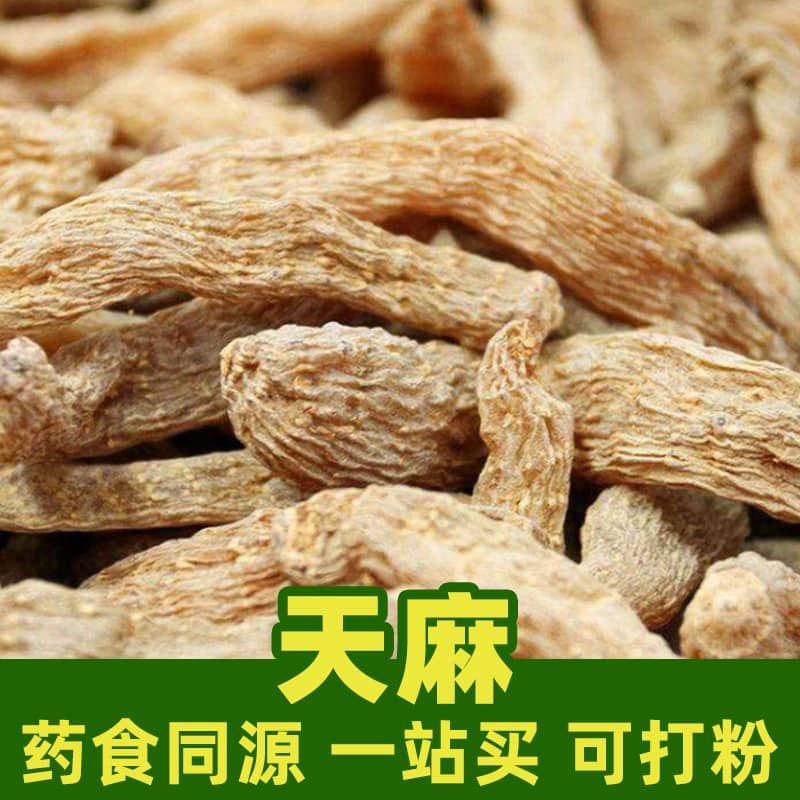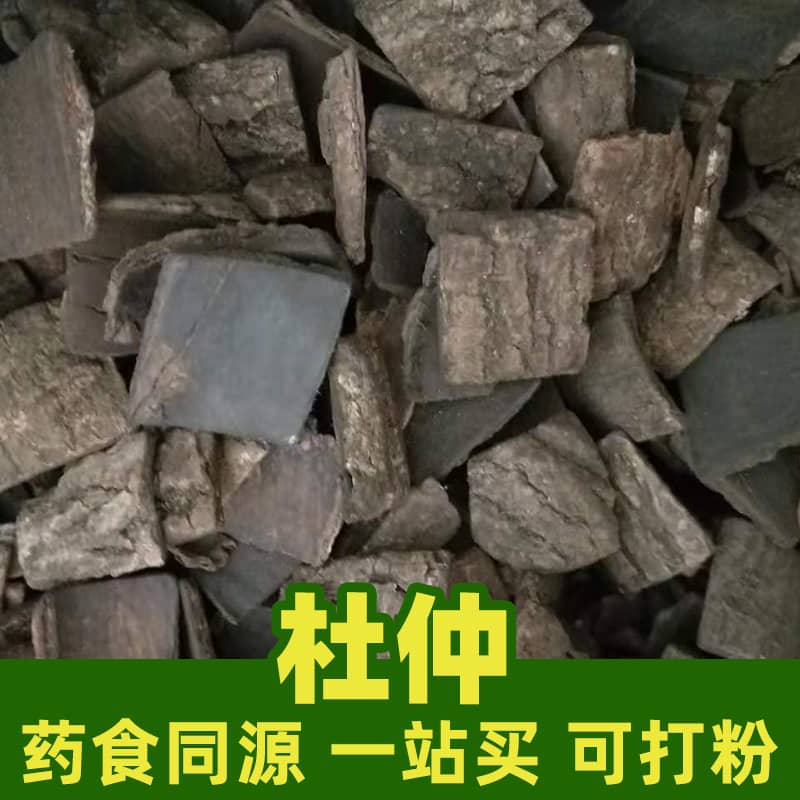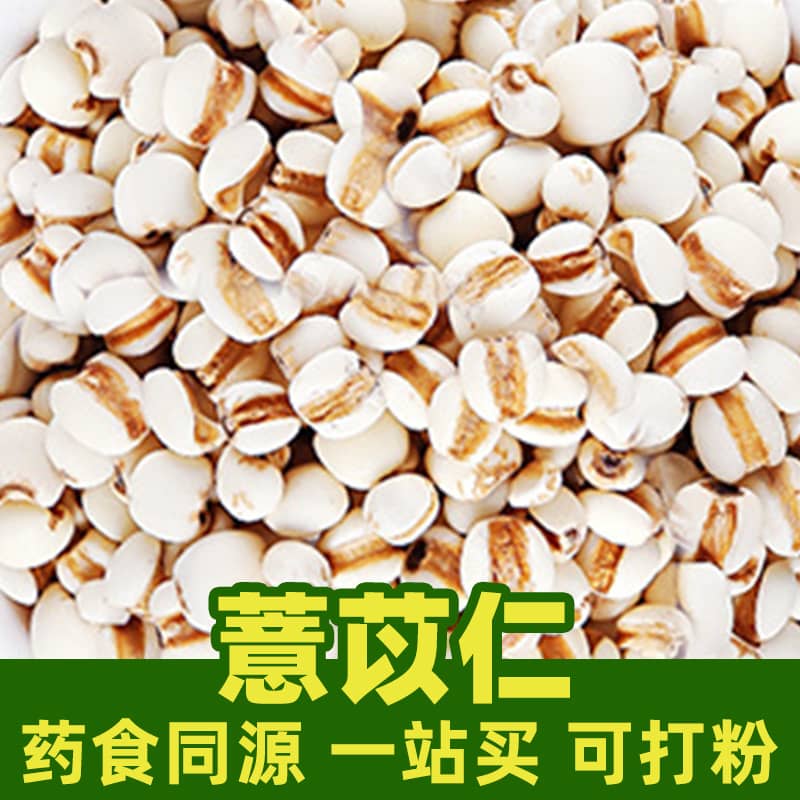Product Introduction
Angelica sinensis is a perennial herbaceous plant with a brownish root that is long and oval-shaped. When dried, the root becomes soft and fibrous, with a brown to dark brown color and a characteristic fragrance.
The scientific name of Angelica sinensis is Angelica sinensis, belonging to the Apiaceae family. It is primarily found in China, Japan, and Korea. In traditional Chinese medicine, Angelica sinensis is widely used and is known as the "female ginseng."
Angelica sinensis is rich in volatile oils, flavonoids, ligustilide, and other active ingredients. Flavonoids such as ferulic acid and angelicin are considered the primary medicinal components of Angelica sinensis.
Main Active Ingredients
The main active ingredients of Angelica sinensis include volatile oils, flavonoids, and ligustilide. The flavonoids in Angelica sinensis, such as ferulic acid and angelicin, possess a wide range of pharmacological activities, including promoting blood circulation, regulating menstruation, anti-inflammatory, and analgesic effects.
Additionally, Angelica sinensis contains various vitamins, minerals, and amino acids, which are beneficial for overall health.
Application Scenarios and Usage
Angelica sinensis has extensive applications in traditional Chinese medicine.
Women's Health
Angelica sinensis is used to regulate women's qi and blood and nourish the skin. For example, it can be used to treat menstrual irregularities and excessive menstrual bleeding. The specific usage and dosage should be determined based on the advice of a traditional Chinese medicine practitioner or doctor.
Blood and Qi Deficiency
Angelica sinensis is also used to treat blood and qi deficiencies. For example, it can help improve symptoms such as pale complexion and fatigue. The specific usage and dosage should be determined based on the advice of a traditional Chinese medicine practitioner or doctor.
Source Plant Introduction, Distribution, and Growth Environment
The scientific name of Angelica sinensis is Angelica sinensis, belonging to the Apiaceae family. It is primarily found in China, Japan, and Korea.
Angelica sinensis prefers a warm and moist growing environment with an optimal growth temperature of 15-25°C. It usually grows in mountainous areas, river valleys, and wetlands below 1,000 meters above sea level.
Harvesting, Processing, and Storage
The harvesting time for Angelica sinensis is usually in autumn. After harvesting, Angelica sinensis should be cleaned, dried, and the fibrous roots should be removed.
Angelica sinensis should be stored in a cool, dry place, avoiding direct sunlight. To extend its shelf life, it is recommended to store it in a sealed container.
Monica Sun is a seasoned expert in the natural raw materials industry, with over a decade of experience specializing in traditional Chinese medicinal herbs, spices, and fungi. She is skilled in the sourcing, processing, and application of these materials, emphasizing sustainability and innovation. Monica Sun has contributed to the development of high-quality natural raw materials that serve as essential components in functional foods, pharmaceuticals, and cosmetics, delivering tailored solutions to meet diverse market needs.









